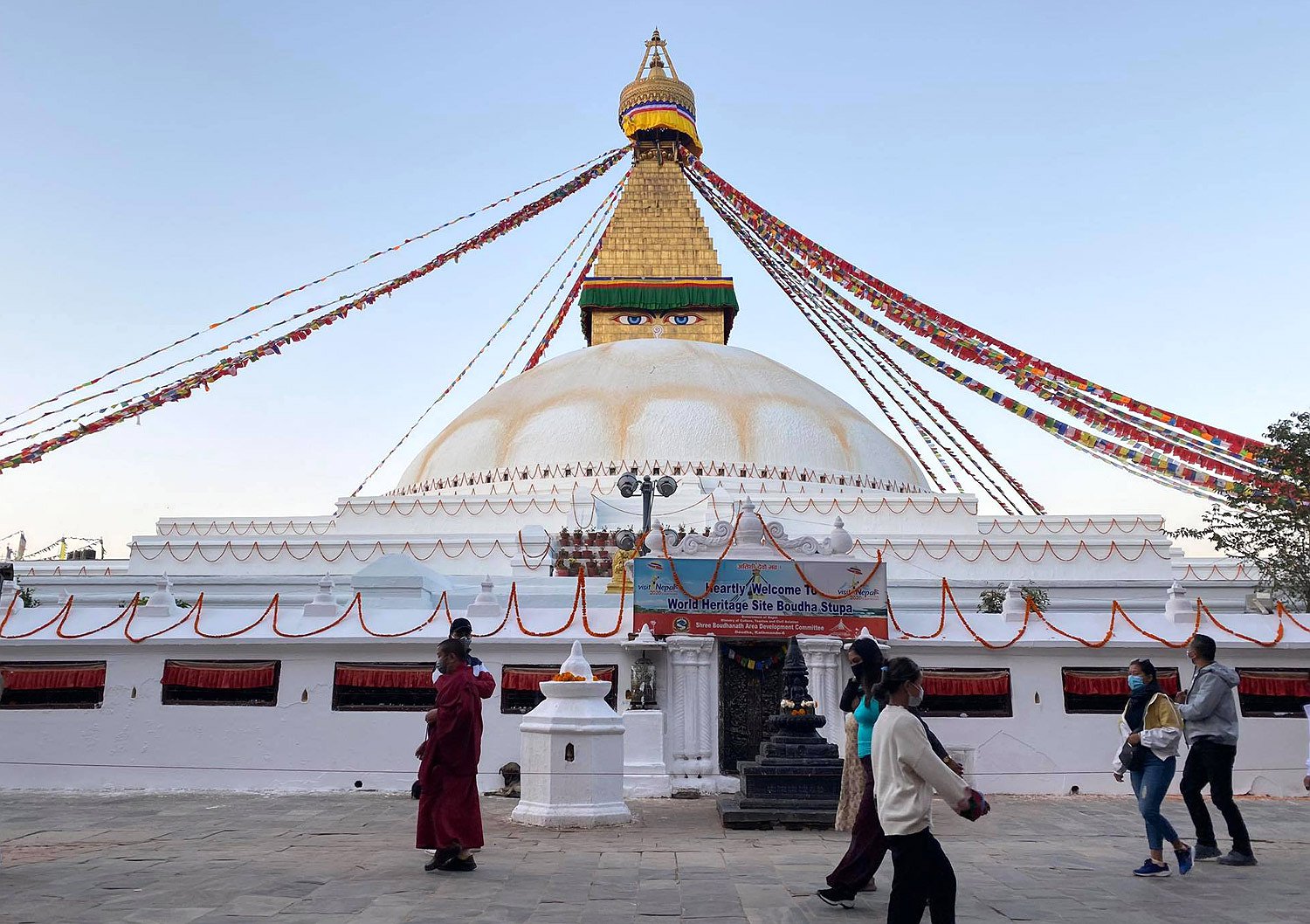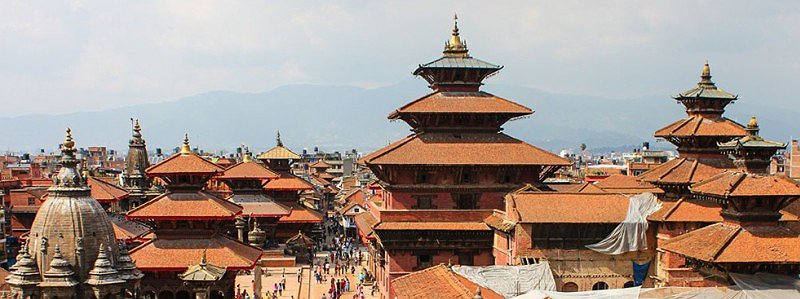Nepal is beautiful Himalayan country positioned between India and China. It has a total area of 147,181 sq km (56,827 sq mi) - running approximately 800 km in length and 200 km in breadth. Mountains, hills and rivers comprise more than 75% of total land area. Nepal Himalaya stretches almost 900 km in length and occupies 25 % of the total Himalaya. The lowest point in Nepal is Kechna which is 61 m above sea level and the highest is the top of Mt. Everest (8,850 m). The Nepal Himalaya envelops eight of the fourteen highest mountains in the world, including Everest. It has world’s deepest gorge (Dana-6967m), world’s highest waterfall (Suligad-3613m) and world’s highest lake (Tilicho-4919m). On every side, a skyline of fluted snow and ice peaks circle beyond the imagination rise above the trails, the campsites and valleys. It is a land of great assortments - a home of implausible variety of ecosystems, the greatest mountain ranges, opaque tropical jungles swarming with a wealth of wildlife, thundering rivers, forested hills and frozen valleys. The country is a potpourri of ethnic groups, customs and traditions. From the humid and tropical southern Terai lowlands to the frozen alpine regions of the Himalayas in the north, we find different colorful cultures & people co-existing in harmony for centuries.
At a Glance:
Location: It borders with the Tibet Independent Region of the People's Republic of China in the North and India in the East, South and West correspondingly.
Area: 147,181 sq. kilometers
Altitude: Varies from 70 meters to 8848 meters
Capital: Kathmandu
Population: 26,494,504
Language: Nepali is the national language of Nepal. Educated people understand and speak English as well.
Religion: Hinduism and Buddhism
Time: Nepal Time is 5 hours 45 minutes ahead of GMT and 15 minutes ahead of Indian standard time
This extreme altitude variation within such a small width has resulted in four broad geo-climatic zones: Tropical, Temperate, Alpine and Tundra. Nepal is rich in bio-diversity and two areas in the Himalayan region of Nepal have been recognized as biological hotspots. Nepal is home to such rare wild animals as tigers, elephants and rhinos, red panda, snow leopard and yak. Nepal has recorded more than 863 species of birds, over 635 species of butterflies and around 151 species of world’s total mammals. Vegetation ranges from deciduous and coniferous forests to oaks and rhododendrons in the high altitude regions. Most of its 3000 rivers directly flow from the Himalayas.
History: Nepal’s recorded history dates begins from 700 BC with Kirati Dynasty, however, mention of the Himalayas as the domicile of Lord Shiva can be cited in the epics of Mahabharata and Ramayana from Indian mythology which was written between 8th and 9th Century BC. Even before Kirati the dynasty of Gopala- literally meaning herders- is believed to have inhabited Nepal. Then came the Licchavi dynasty which reigned from 3rd century AD till the 9th century AD. This is often regarded as the golden era in the Nepalese history for many of the classical temples and palaces were built during this period, including Changu Narayan, and Pashupatinath. It was also around this time that Nepal, especially Kathmandu- now the capital city, became a major trade route between Tibet/China and India.
The beginning of 13th century gave rise to Malla Dynasty of Newars who ruled the three states, namely Kathmandu, Bhaktapur and Lalitpur. Their legacy can still be seen in the beautiful art and architecture embodied in the palaces, courtyards, temples and wood & metal carving. Bhaktapur, Patan and Kathmandu Durbar Squares are the most striking architecture of this time. By the third quarter of 17th century Shah Dynasty led by King Prithivi Narayan Shah captured all the three kingdoms of Kathmandu Valley and united all the petty and small principalities eventually laying the foundation of what is now called the state of Nepal. The Shah Kings was disposed of in 2007 following a nationwide revolution.
Nepal has always remained an independent and sovereign country from its early age. It is home to many ethnic communities- over 100- who have lived in harmony and peace for ages.
Culture: Culture is entrenched in the very clothes of Nepalese society. The fact there are well over 100 ethnic groups in Nepal indicates the abundance of colorful and varied culture, customs and tradition that have been accomplished for centuries. People across mountains, hills and plains have their own and unique kind of rituals, festivals and culture that are celebrated throughout the year. Nepal is often referred as the country having more temples than houses, more Gods and Goddesses than people and more festivals than the total days in a year.
Newars, Kirati, Taamang, Gurung, Sherpa, Bahun/Chhetri, Thakali Tharu are some of the leading ethnic groups of Nepal whose culture have distinct place in Nepal’s cultural mosaic. Some of the major cultures widely distinguished throughout Nepal include festivals of Machendranath, Indrajatra, Dashain - Tihar, Buddha Jayanti, Lhosar, Chhath, Rodhighar, Shiva Ratri and Holi. These festivals fall on particular period of the year when families, friends and group of people get together in merriment and fun.
Religion: Nepal is often observed as a unique blend of Buddhism and Hinduism. Nepal is the birthplace of Goddess Sita and Lord Buddha and the Himalayas have long been regarded as a ceaseless retreat for meditation and peace by ascetics and perceptiveness. Lord Buddha was born in Kapilvastu district of Nepal in 623 BC where today stands Mayadevi Temple and Ashoka Pillar, a world heritage site. Having said that for centuries Nepal has remained a peaceful territory for people of all faiths and religions be it Muslims, Christians or Sikhs. Perseverance and tolerance are the two salient basis of Nepalese society.
There are numerous monasteries, temples, mosques, churches and bahas all practicing their faiths in serene coexistence. It is no revelation then to see a Hindu going to a Buddhist Chaityas and a Buddhist entering a Mosque. This friendly relationship has been further buttressed by the fact that Hindus take part in Buddhist festival or Muslim festival and vice versa. For instance, Buddha Jayanti is celebrated all over Nepal and consequently is Shiva Ratri. Kathmandu itself is one of glaring examples of how that coexistence has been a part and parcel of the people. Hindu temple of Pashupatinath, Buddhist monastery of Swoyambhunath and Muslim mosque of Pancha Takiya are within 3 km of each other commanding quite a number of pilgrims every year.
Art & Architecture: Nepal’s art and architecture is regarded as one of the finest in the world. Evidences points out 500 BC as the beginning of architecture in Nepal and it really peaked during the Lichhavi and Malla dynasties which are considered to be the golden age of Nepalese art and architecture. Modern Nepal (from 18th century onwards) observed a development in such western arts as the Victorian and neo-classical designs. Most of the art from those periods have still been preserved in the form of wood and metal carving, palaces & courtyards, temples, monasteries, paintings and statues.
The archaeological findings in the Kapliabastu, the birthplace of Lord Buddha, which include the ruins of the palaces of Shakya dynasty, is probably the oldest relics up to date in Nepal. The site, which goes as far back as 7th century B.C. contains the last remains of the palaces, the exact spot where Lord Buddha was born, Mayadevi Temple and Mayadevi Pond where Buddha was conceived. It is believed that the Stupa-style Swoyambu Nath and Boudhanath, the two Buddhist temples, were also built round about the same time. Already inscribed in World Heritage Site, these monasteries are the biggest and beautifully designed Stupas in the world.
During Lichhavi period, Nepal saw an emergence in stone carving and delicately tched statues of gods and goddesses. Although much of this has already disappeared, either lost or still to be excavated, the temple of Changu Narayan, also a World Heritage Monument, is a well known specimen from this period. The Kathmandu, Bhaktapur and Lalitpur Durbar Squares are the most imposing examples of Malla Architecture. Also termed as the open museum for its lively and exuberant environment, the three durbar squares in its struts, designs, carving, courtyards, temples, roofs and touch exhibit the best art Nepal has ever produced. They are the pride of Nepalese. All the three durbar squares have been designated World Heritage Monuments by UNESCO.
The Kaiser Mahal, Baber Mahal, Singha Durbar, Narayan Hiti Palace are some of buildings built in neo-classical or Victorian style during 19th century. Nepal’s unique art has spread as far as China and India. The pagoda style temples is believed to have been pioneered by Nepalese and were later expanded to China and most of South East Asia. Araniko, the most talented artist Nepal has ever produced, went to China during the middle of 13th century and earned name and fame in Beijing by constructing temples and monasteries for the then emperor Kublai Khan. Today pottery, clay items, wood carving, paubha and thangka paintings, metal etching are some of the works that are still being carried out by skilled hands in the nooks and corners of Nepal. The age-old art of carving and painting have been handed down from one generation to another.
Visa: Acquiring Visa to travel to Nepal is effortless and simple. Nepalese embassies and consulates abroad offers visa or you can also get it at Tribhuvan International Airport, the only international airport in Kathmandu, on arrival. If you are traveling to Nepal overland via Tibet or India, you should get visas at the border points. For 60 days single entry visa, you will be charged US $30. You can broaden the visa up to an additional 90 days. According to the immigration policy, a tourist is allowed to stay in Nepal only for 150 days in a year. Multiple Entry Visa which cost US $90 is useful if you are planning trips to Tibet, India, or Bhutan. Lately, Nepal has also started offering Transit Visa for 3 days free of charge. Furthermore, VAT amount are reimbursed to tourists at the time of their departure provided the latter submit the shopping receipts.
Visa Entry Procedures: Transit visa for all tourists who visit Nepal for 3 days or less no visa is required. Visa fee for tourists of SAARC countries (India, Bhutan, Bangladesh, Pakistan, Maldives, Sri Lanka) and People's Republic of China is free.
Visa Fee for other nationalities:
Single entry - US$ 30 days for 30 days
Multiple entry - US$ 50 for 30 days.
Visa will be extended next 30 days each upon payment of US$ 30 for a maximum period of 150 days in a visa year (Jan-Dec). Visa can be obtained either on arrival at the Tribhuvan International Airport in Nepal or from Nepalese Embassy or Consulate or other Mission offices in your own country. Two passport size photographs as well as passports are required.
Insurance: You should travel to Nepal with personal travel insurance. Some policies exclude certain types of trekking, rafting, peak climbing but may add them on payment of a small extra premium. Insurance must cover, medical, emergency evacuation, lost or theft items etc.
N.B. Almost all travel policies refuse to extend the duration of the policy once you are overseas.
Access to Nepal: If you are traveling by road, then you can enter Nepal at check points located along the border with China and Nepal. If you traveling from India, Tauliwha at Bhairawa, Birjung, Kakadvitta etc offer visas. If you are traveling from China via Tibet, Kodari is only point where you can get the visa.
AMS (Acute Mountain Sickness): Some degree of altitude mountain sickness may occasionally occur at around the 3,000m. Above this altitude, take great care with altitude acclimatization and all trips are able to respond quickly to symptoms; whether by immediate descent or, in an emergency, helicopter evacuation (best reason for good personal travel insurance)
Entrance Fees: Also called Permit fees, Entrance fees are levied against entry to almost all the world heritage sites, national parks and trekking areas in Nepal. Fee collection centers are opened in major tourist hubs in Nepal which are opened six days a week except Saturdays. The permit fees vary according to the site or trekking area you are visiting. For instance, if you are trekking in Annapurna Conservation Area, you are required to pay NRs. 2000 per person. Similarly to go to Manaslu and Kanchenjunga Conservation Areas you have to pay Rs. 1000.
There are certain ‘Restricted Areas’ in Nepal where the number of tourists are controlled to preserve the sensitivity of local culture and nature by administering higher permit fees. As for instance, you will have to pay US$700 for 10 days to trek in Upper Mustang and Upper Dolmo area as opposed to US $90 for seven days for Humla.
Inflowing cultural heritage sites also comes with a price which are regulated by local bodies. For instance, entrance fee for visiting Kathmandu Durbar Square is Rs. 250 and US $10 for Bhaktapur Durbar Square. When you book a package, generally entrance fees are included in the tariff. So, there is need to worry if you have booked with a government registered travel agent.
Programs
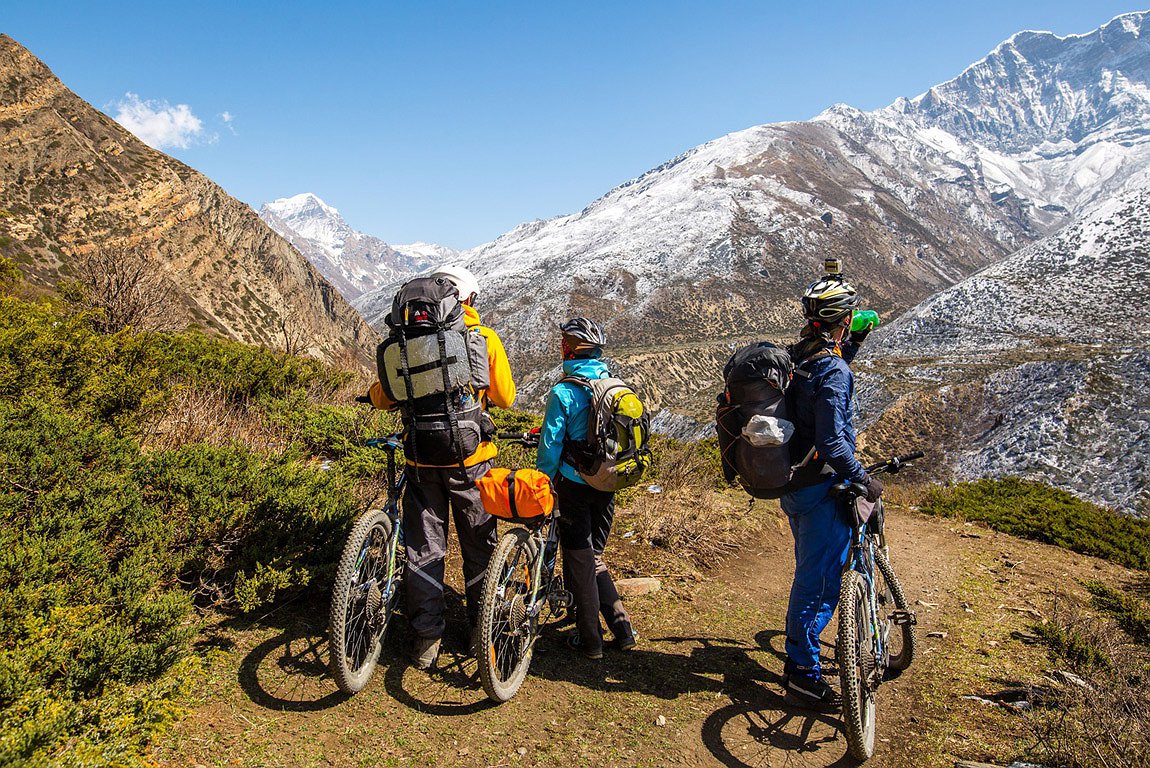
Everest Mountain Biking Tour
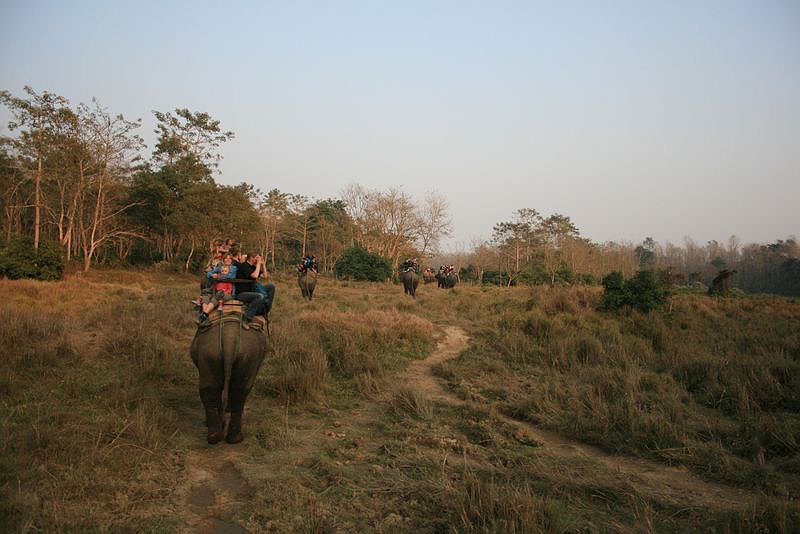
Honeymoon Tours in Pokhara and Chitwan National Park
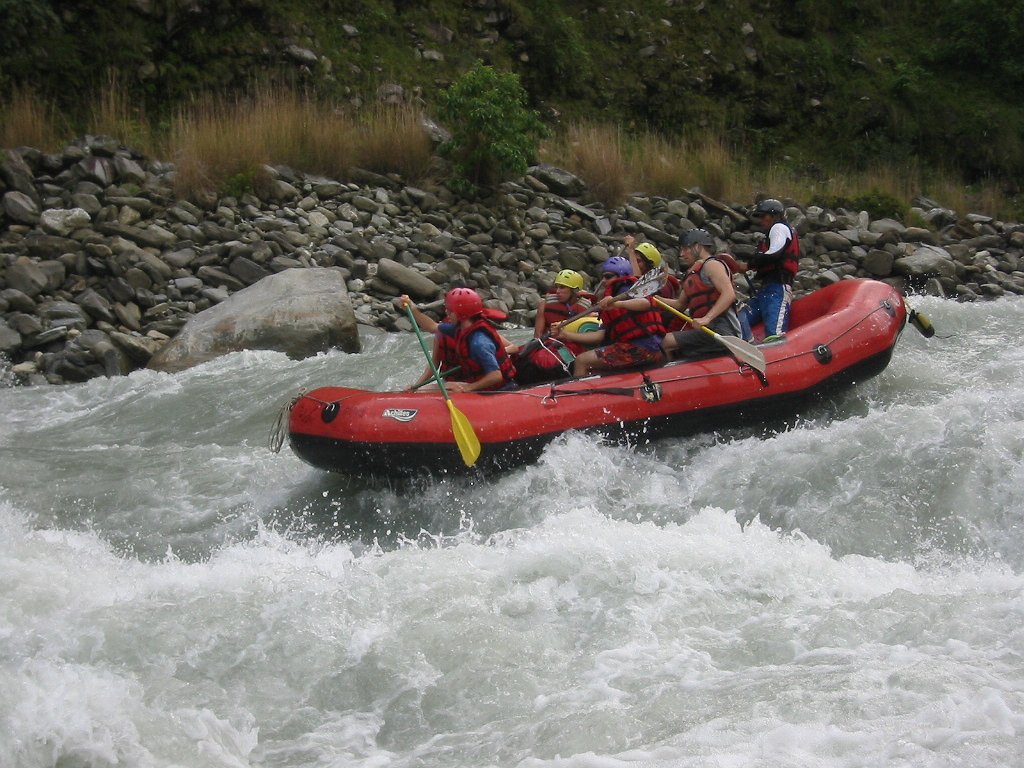
Kaligandaki River rafting
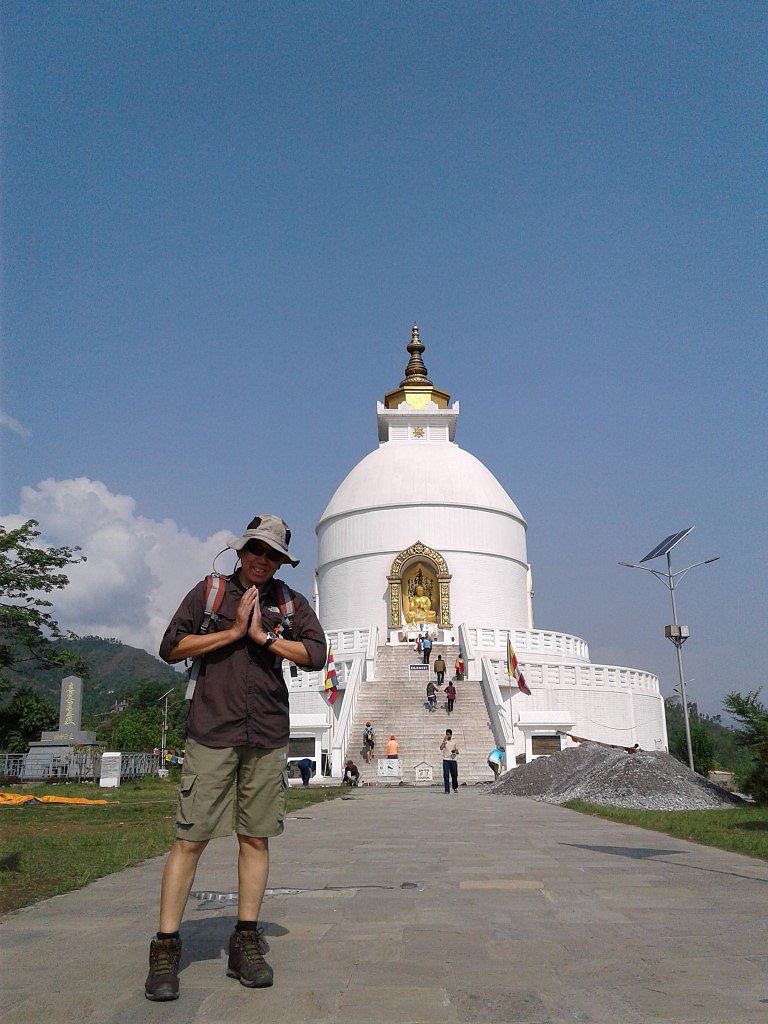
Kathmandu and Pokhara Sightseeing Tour

Kathmandu Heritage Tour with Mountain Flight
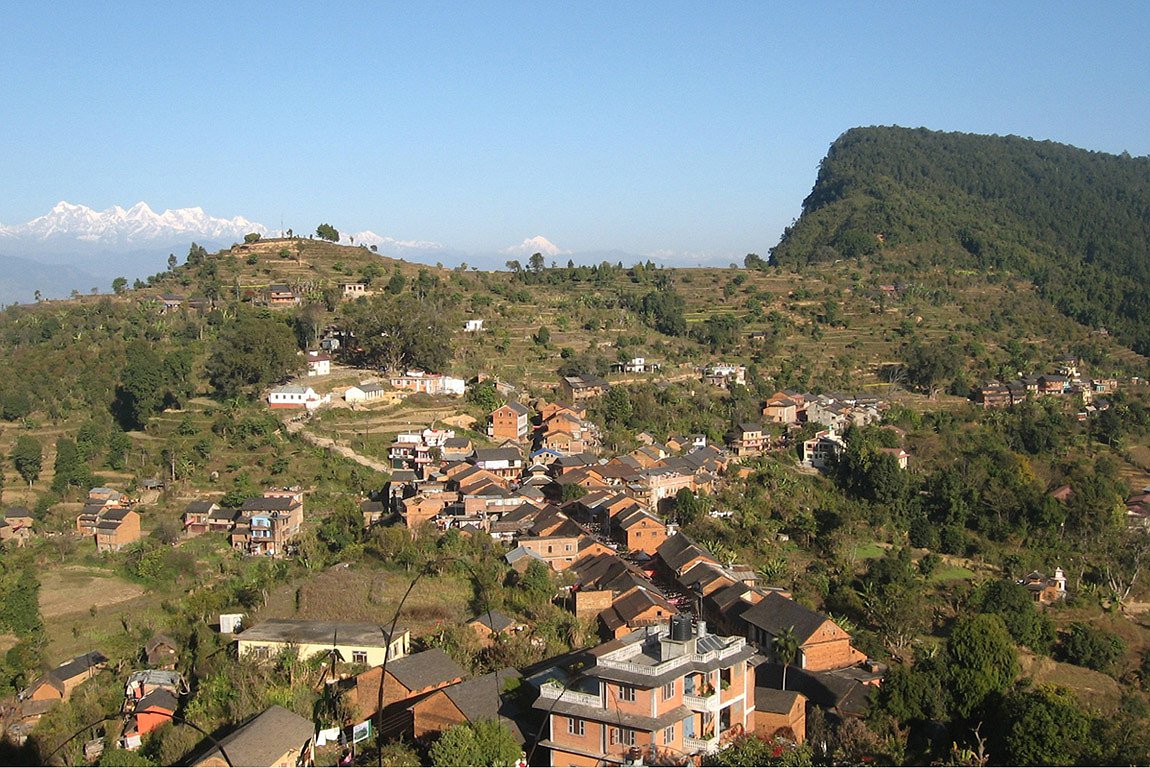
Kathmandu to Bandipur Tour

Lumbini Tour
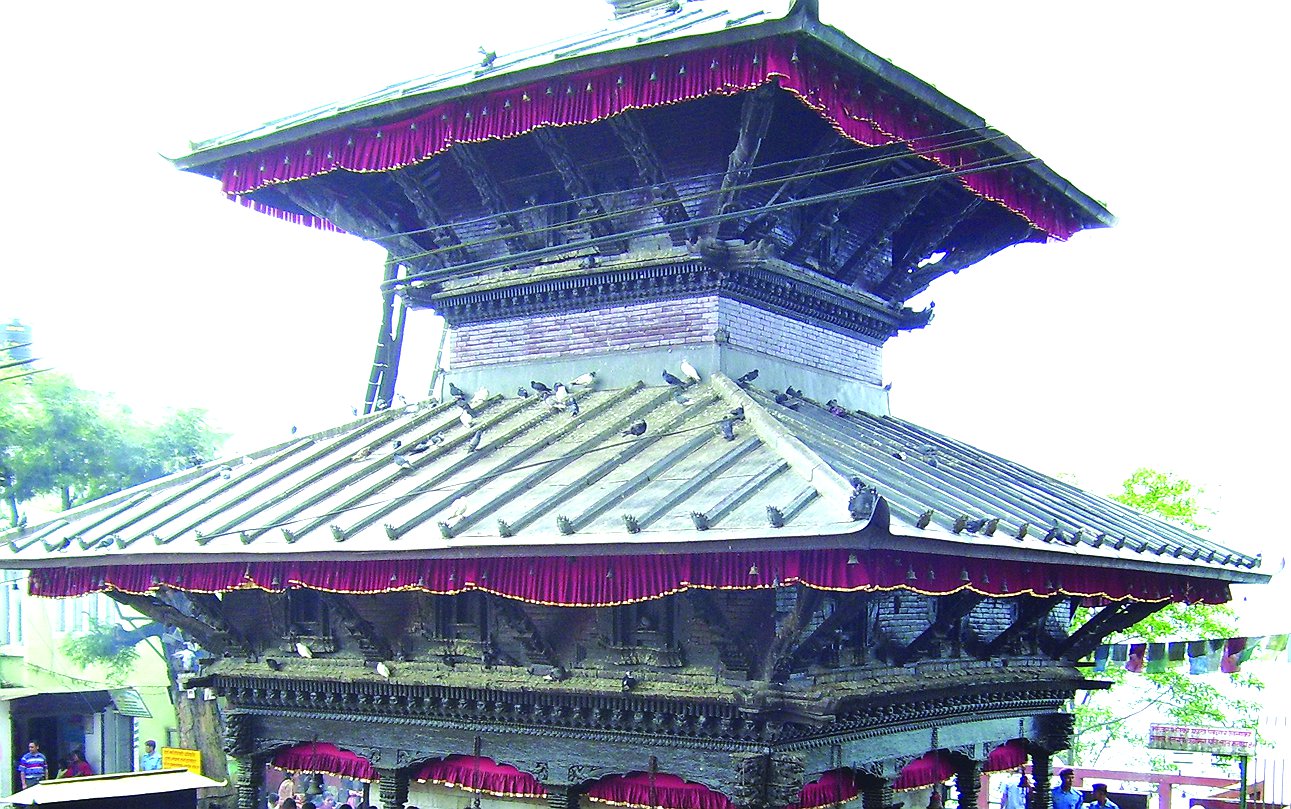
Manakamana Temple Tour
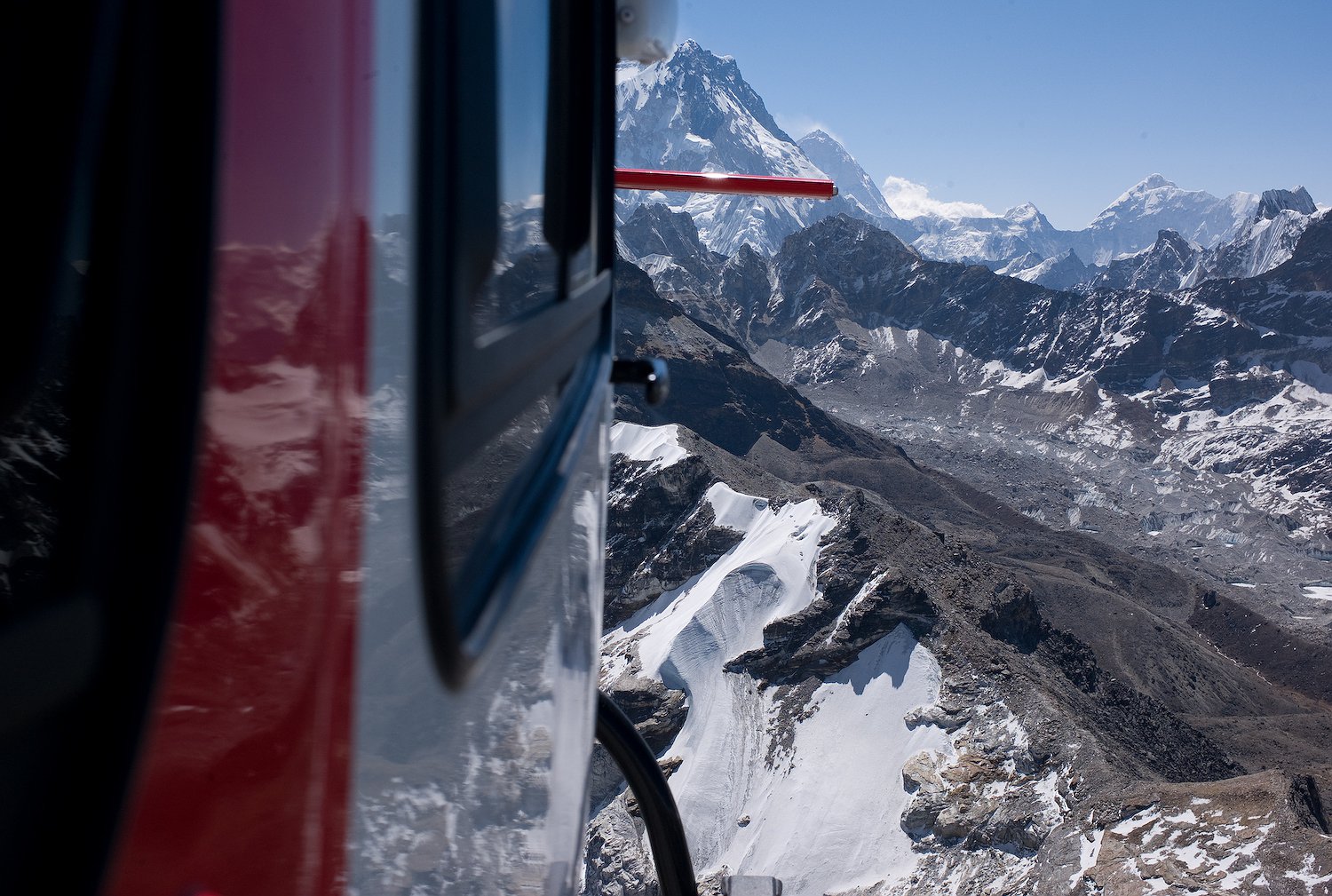
Mt. Everest Heli Sightseeing Tour

Muktinath Darshan Tour
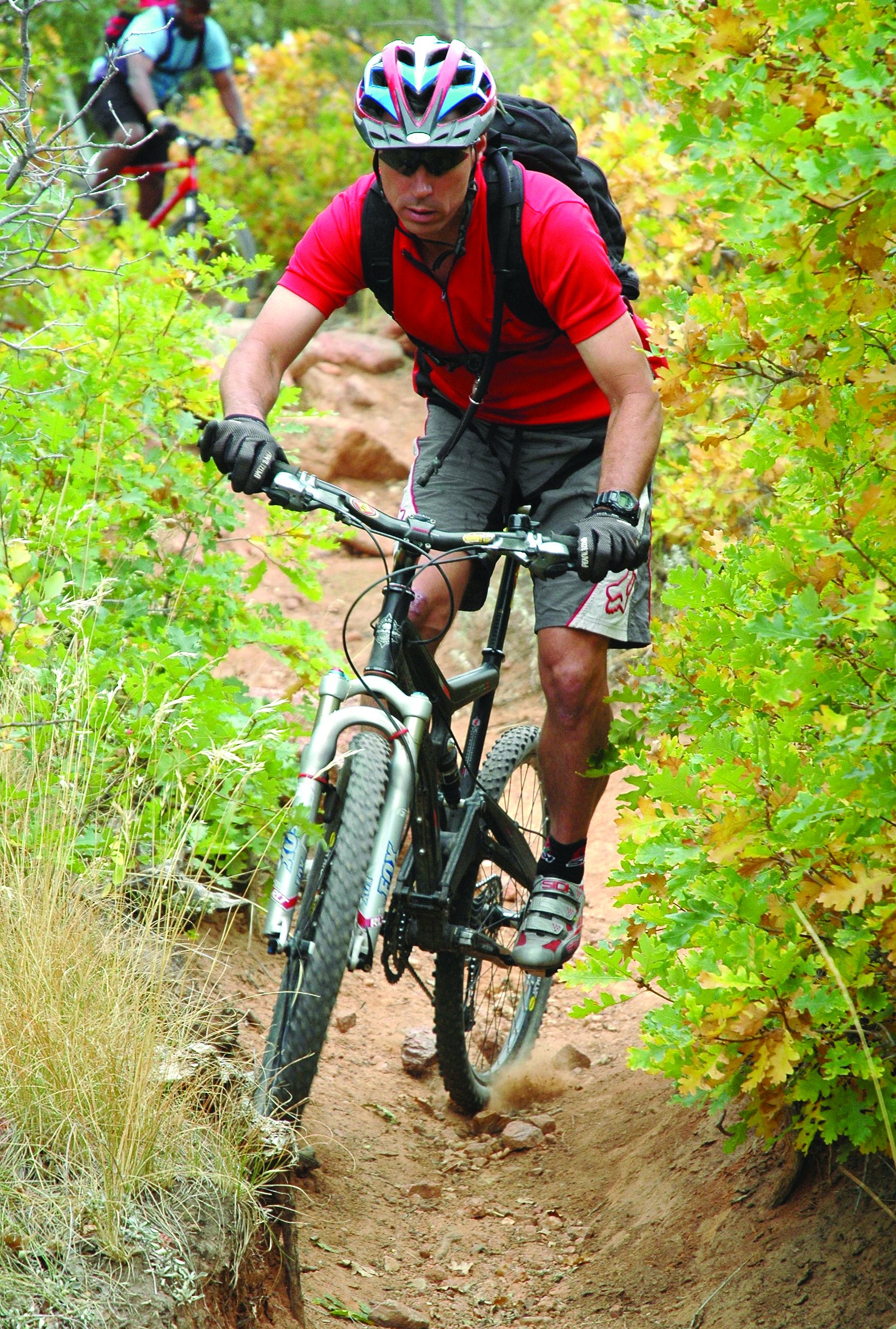
Muktinath Mountain Biking Tour
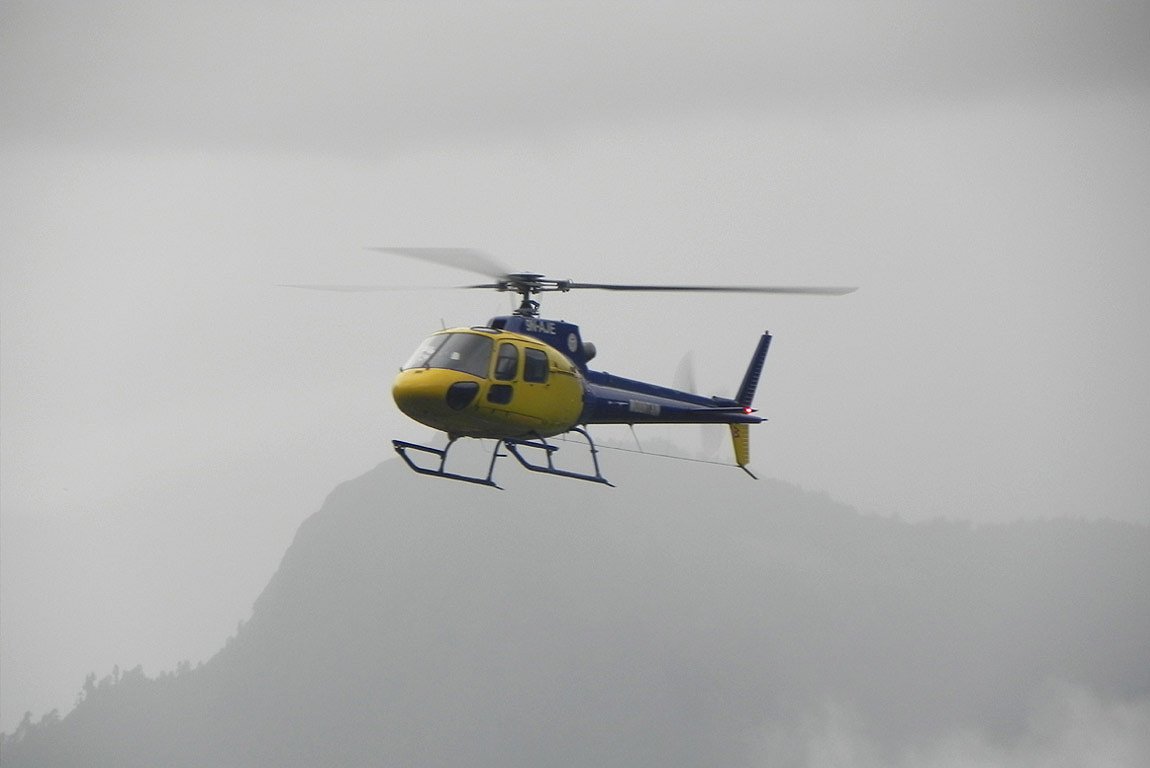
Muktinath Tour by helicopter
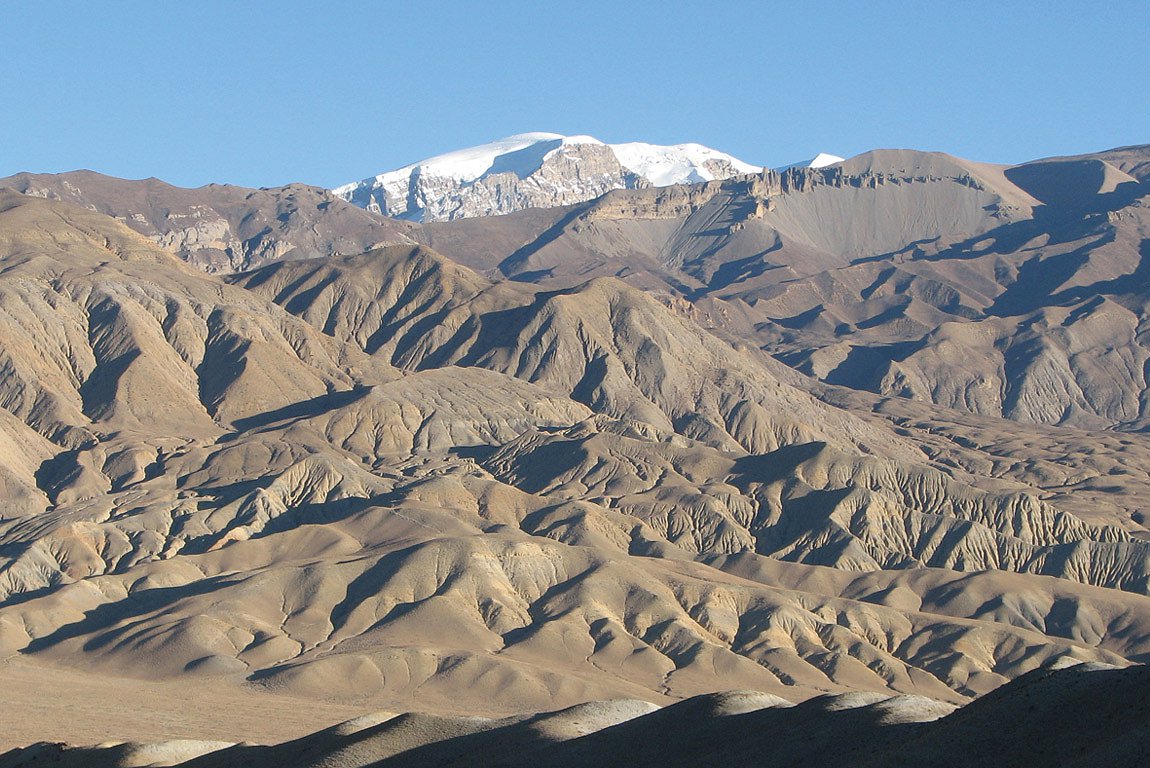
Mustang Guided Motorbike Tour

Nepal Cultural Tour Program
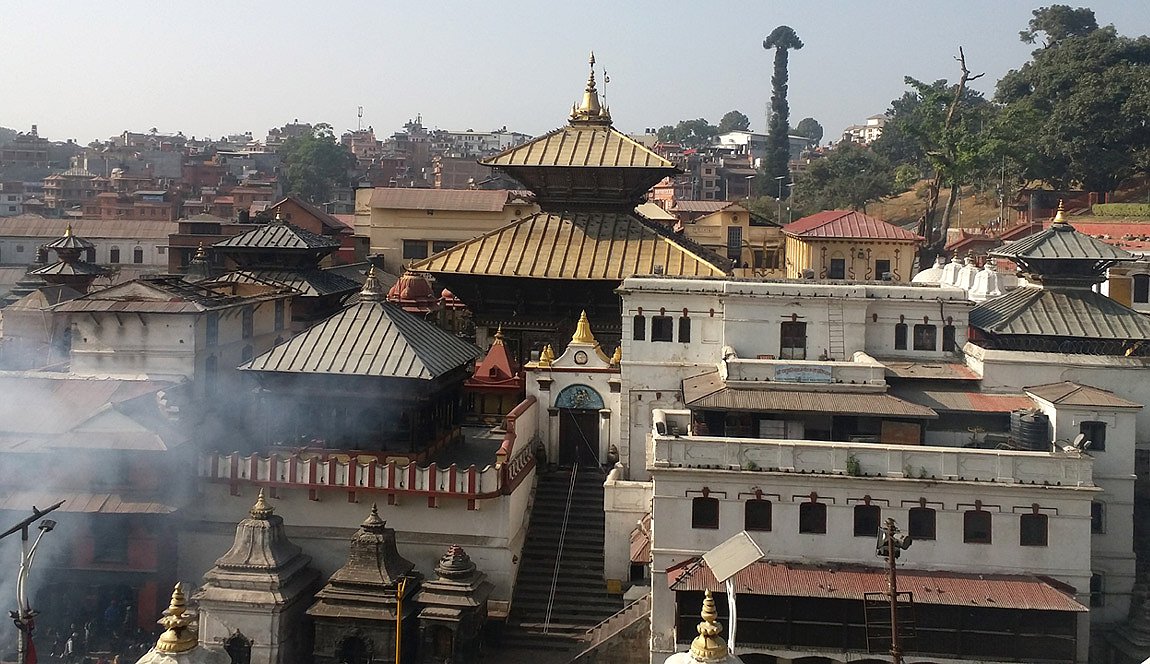
Nepal Culture, Nature and Heritage Tour

Nepal Tour and Trekking Program
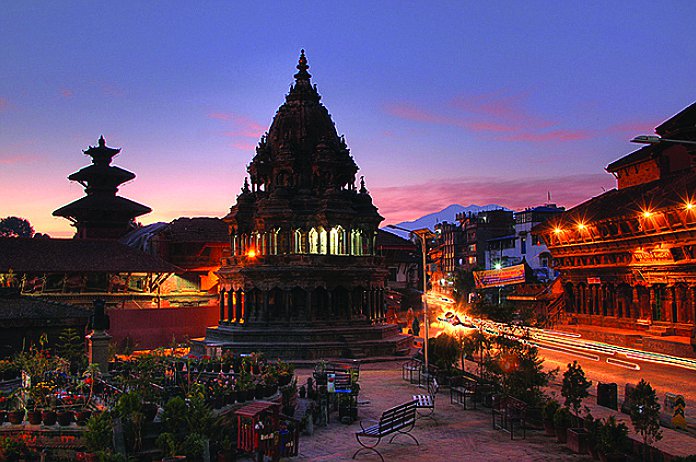
Nepal Tours
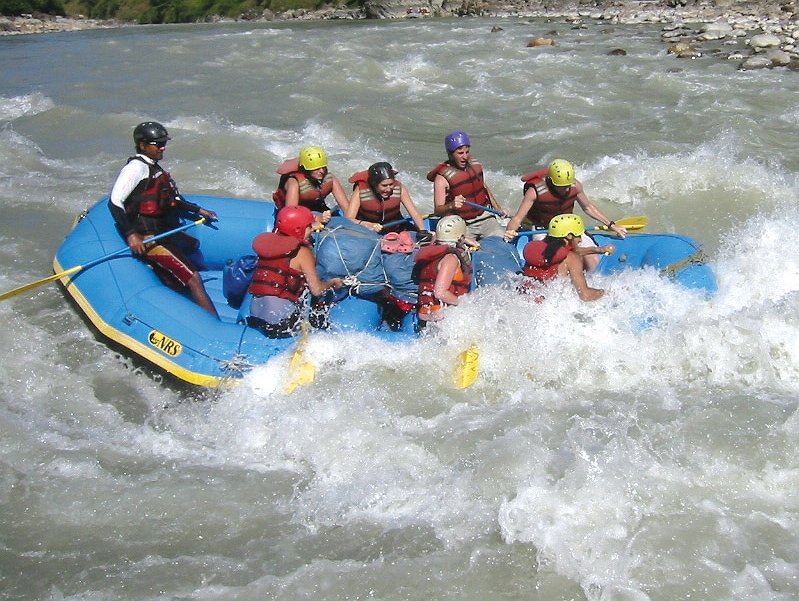
Nepal Tour with Rafting
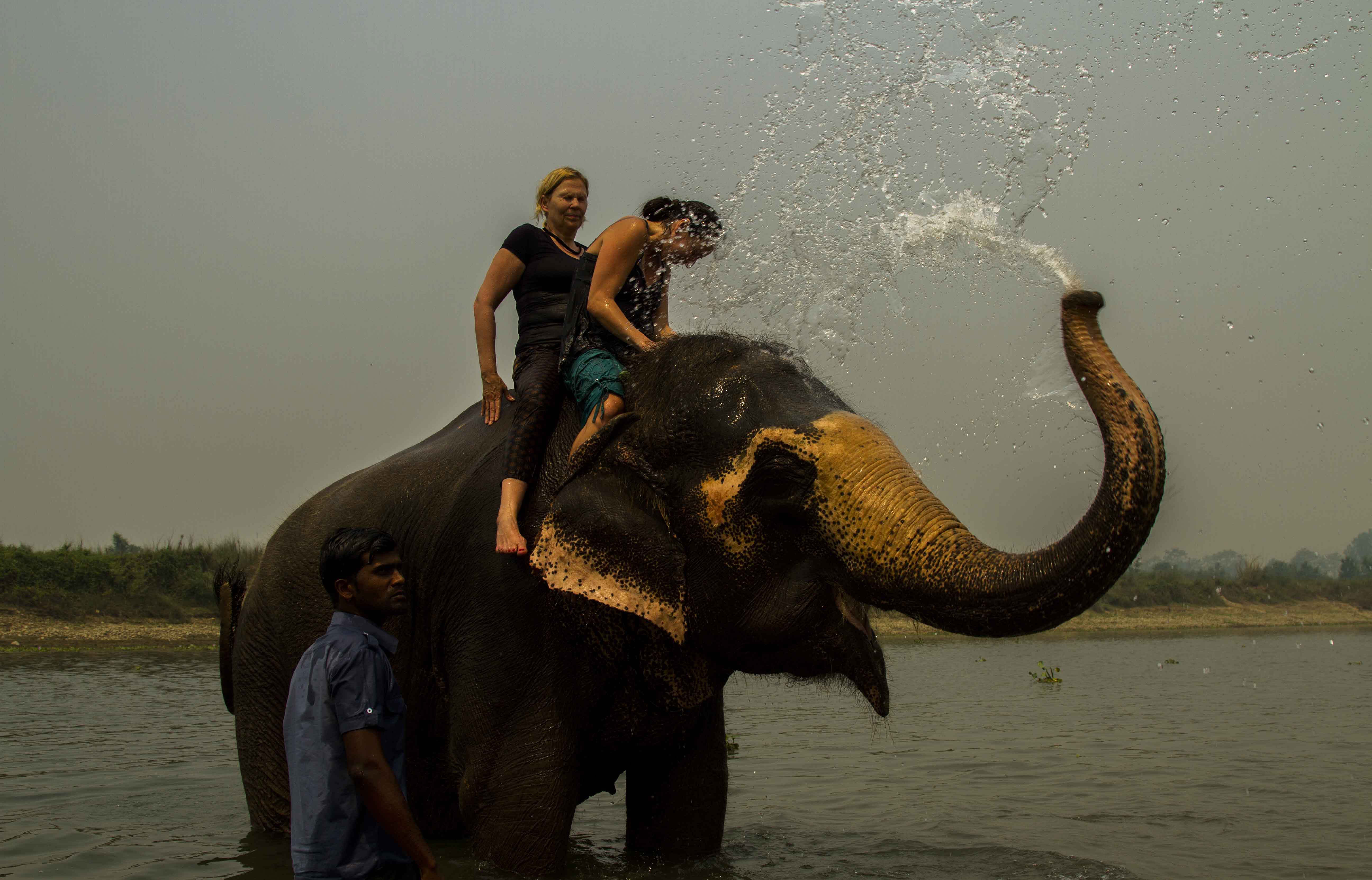
Nepal Wildlife and Culture Tour
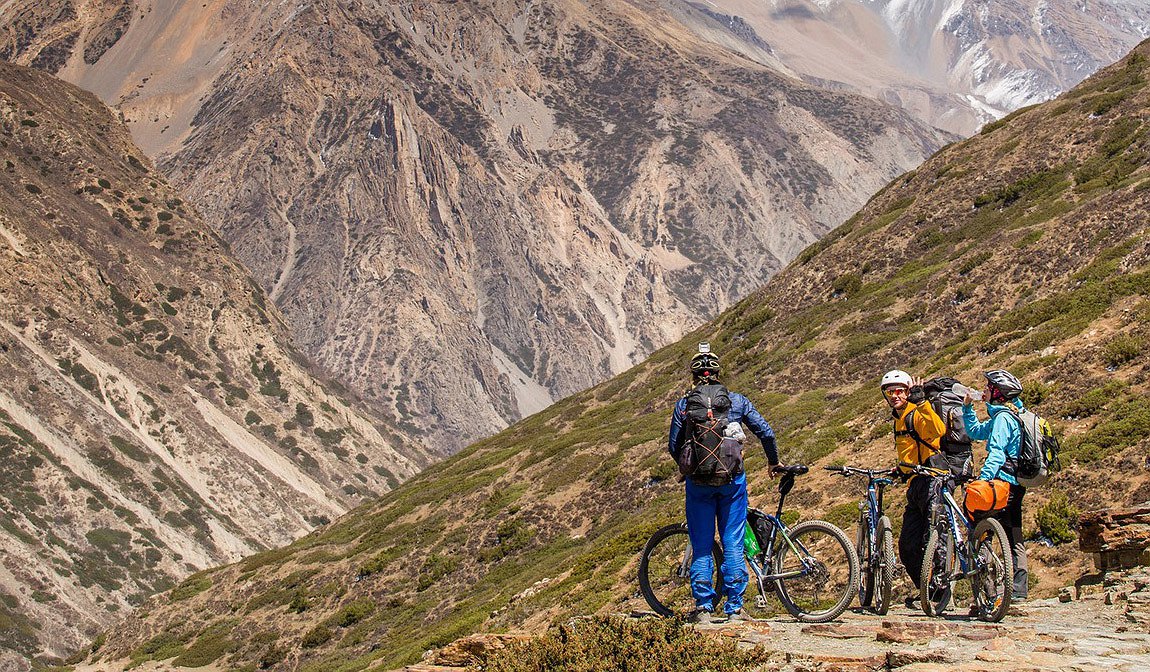
Round Annapurna Mountain Biking Tour
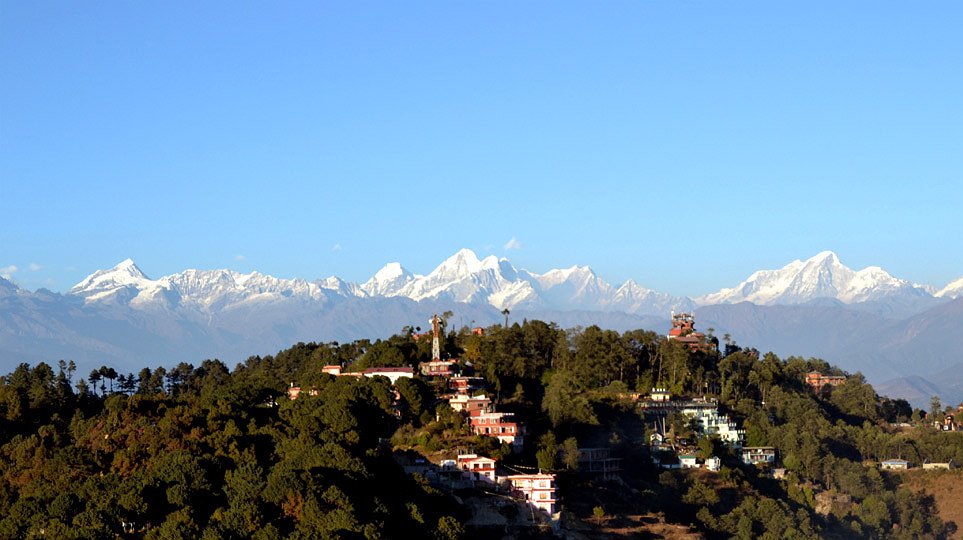
Short Trek with Kathmandu Valley Tour
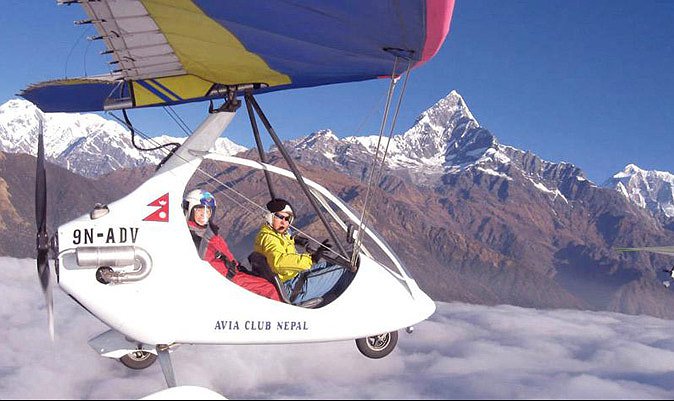
Study Tour
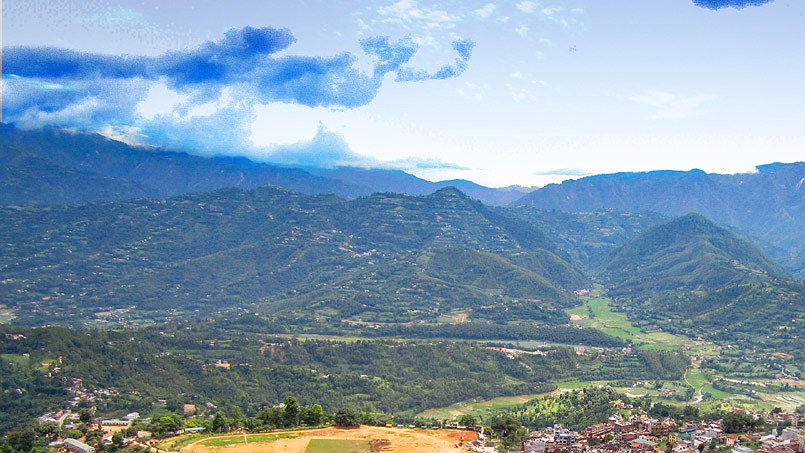
Tansen Tour
